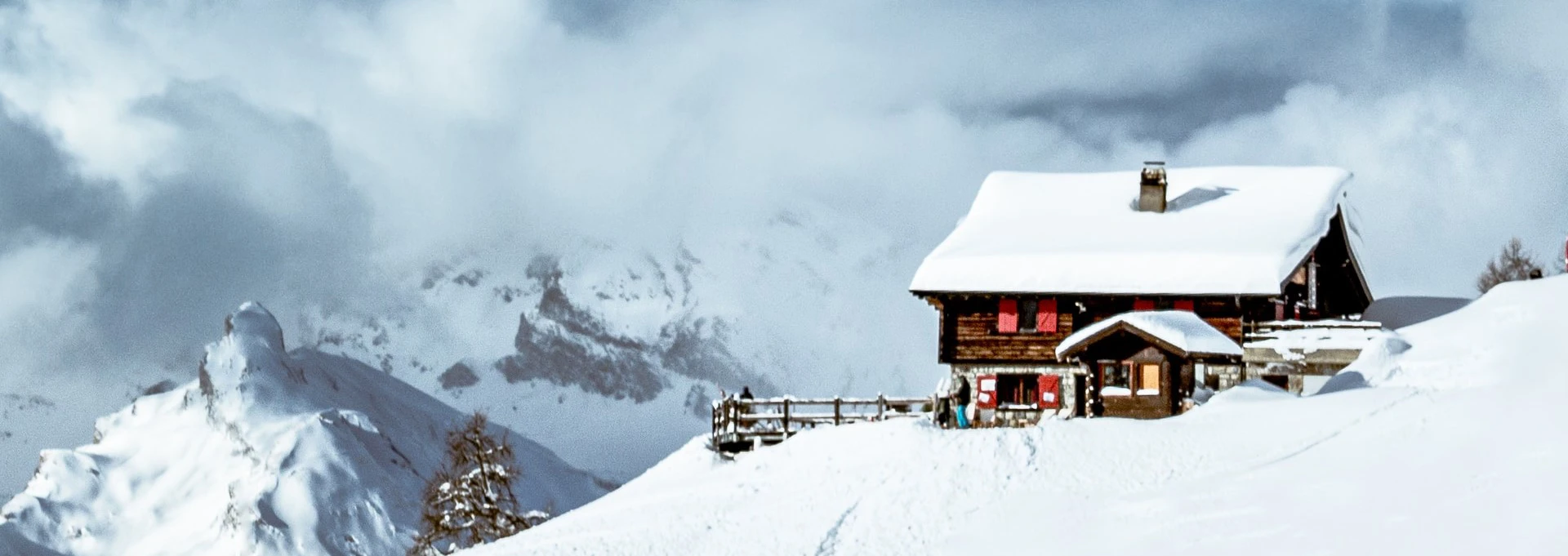From freezing cold temperatures to snow, sleet and ice, our homes endure a lot during the winter months. While preparing your buy-to-let for winter is something landlords tend to be aware of, what you may not realise is that it’s just as important to carry out a series of checks once winter is over.
We recommend you check your home thoroughly at the start of spring, just to make sure everything is safe and in working order for your tenants.
How can snow and ice affect properties?
When water freezes, it expands, which means any damp areas will be liable to cracking and splitting. This allows water to trickle in and rush out as the ice and snow thaw. Add to that the sheer weight of snow and ice, and vulnerable properties will suffer.
Here are some of the key problems that snow and ice can cause:
1. Ice dams on your roof
When water in your guttering and along the edge of the roof freezes, it forms a ‘dam.’ Melting snow that’s unable to escape will find any gaps underneath and between your tiles, and before you know it, you’ve got a leak in your loft. That’s why it’s important to clear snow out of your gutters before it has a chance to melt and refreeze as ice.
If you did get any leaks from your roof this winter, look at your roof from inside the loft on a bright day. Wherever you can see daylight, that’s where the water and snow has been getting in, so make any necessary repairs as soon as possible.
2. Damage to drainage outlets
If ice forms in your guttering and downpipes, it can easily force joints apart as the water expands, and may split any plastic that's in poor condition.
Have a contractor check around the whole property and fix any damage, as water that isn’t properly carried away can run down the walls.
If this happens you’ll almost certainly get penetrating damp issues in the property.
3. Frozen water pipes
If the temperatures are cold enough, even the pipework inside your property can freeze. In the worst-case scenario, joints will move as ice expands, forcing the pipes themselves apart, which results in bursts. This means that when the ice thaws, water escapes and you could end up with a big leak.
Ensure all your pipework is properly insulated and encourage your tenants to keep the property well heated during particularly cold spells. Make sure they know where the stop tap is, so that if you do end up with a leak from a frozen pipe, they can quickly turn off the water supply and hopefully keep damage to a minimum.
4. Damage to external brickwork
The force of water expanding as it freezes can loosen mortar and pointing, and even split the bricks themselves, leaving your property vulnerable to penetrating damp. Once the thaw has passed, walk around the outside of your property and check for any damage to the brickwork. Look at the ground too, as you may see crumbled pieces of pointing on the ground. As soon as the drier weather arrives, have a contractor make repairs to prevent any further damage and to ensure that your tenants stay warm and dry.
5. Collapsed roofs and damage from falling branches
A buildup of snow and ice can get extremely heavy, meaning any roofs not in good condition – particularly flat roofs – are vulnerable. What’s more, if you have any large trees or branches close to your property, excess snow and ice could lead to them falling, potentially causing damage. Although you might not want to be working outside in the snow, it’s important to keep roofs clear and make sure large, old branches are cut back ahead of winter or stormy weather.
6. Gardens and fences
Snow and ice aren’t the only factors we have to contend with during The Great British Winter. Strong winds and stormy weather can wreak havoc in our gardens, damaging fencing and plants, and in some cases, causing trees to fall. It’s just as important to check your fences after winter has passed, making sure they’re properly installed, checking for any holes or gaps, instability, and general signs of disrepair.
7. Mould and damp
The likelihood of mould and damp problems in properties is high in summer given the increase in humidity levels. Poor ventilation is a key factor in conditioning mould to grow, so make sure to check that all vents in the property are uncovered and are not restricting air flow. Mould and damp can even be caused by blocked gutters, so make sure that these are cleared of any buildup of fallen leaves and debris over the winter months.

Make sure you’re covered
Remember that if your property has suffered damage over and above what might be considered ‘normal’ ageing or wear and tear, you should be able to claim for the cost of repairs on your landlord insurance policy.. Be sure to take photographs before you make any repairs and report the damage to your insurer as soon as possible.
It’s also worth noting that you aren’t obliged to provide alternative accommodation in the event of a storm causing homelessness, unless it’s written into your tenancy agreement.1
This is the remit of the local council instead.
1 Shelter, 2022
Important information
There is no guarantee that it will be possible to arrange continuous letting of the property, nor that rental income will be sufficient to meet the cost of the mortgage.
Your property may be repossessed if you do not keep up repayments on your mortgage.
There may be a fee for mortgage advice. The actual amount you pay will depend upon your circumstances. The fee is up to 1% but a typical fee is 0.3% of the amount borrowed.

